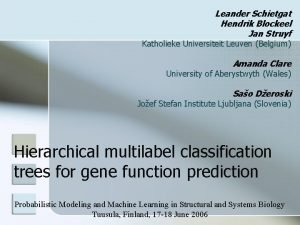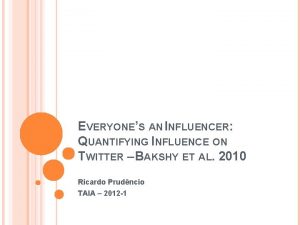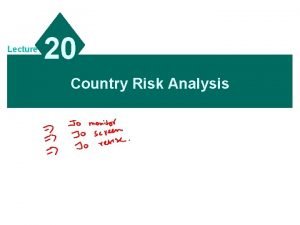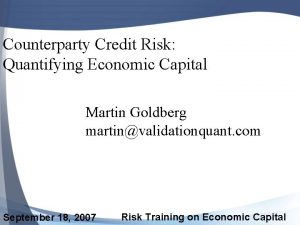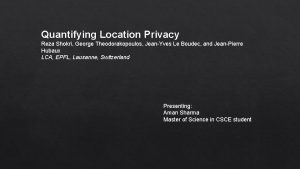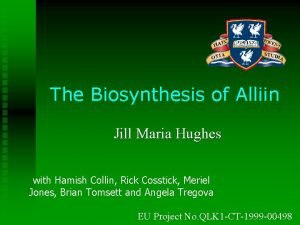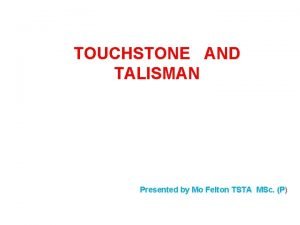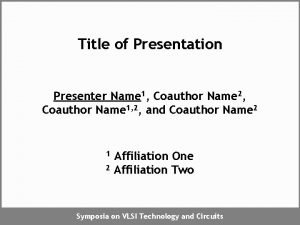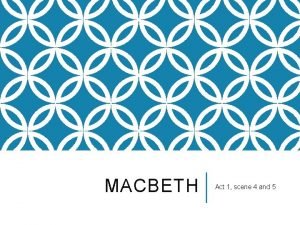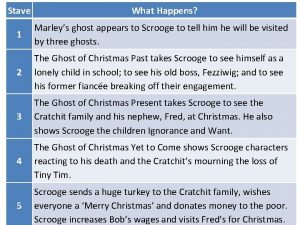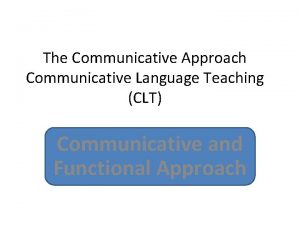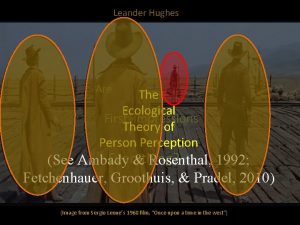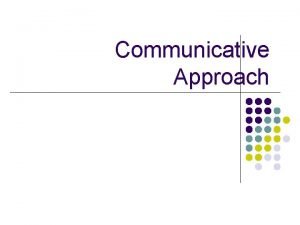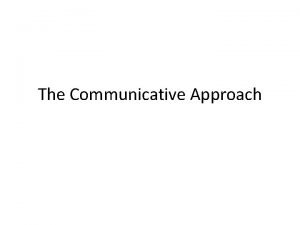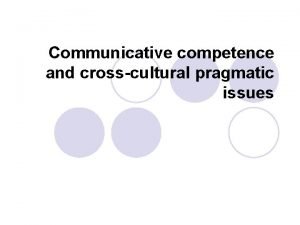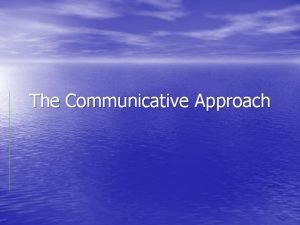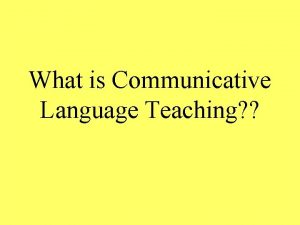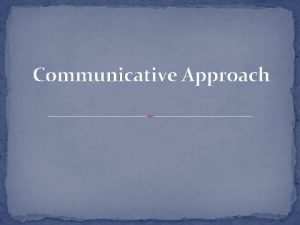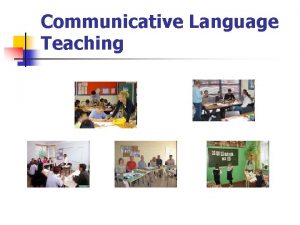Toward Quantifying Communicative Leander Hughes Saitama University Presented













- Slides: 13

Toward Quantifying ‘Communicative’ Leander Hughes Saitama University Presented at the JACET Kanto 5 th Annual Convention http: //sustainableink. files. wordpress. com

The Problem How to help learners acquire the most language in the shortest time …and do so as painlessly as possible. http: //jnksystem. exblog. jp/10216734/

‘Common Knowledge’ No teaching approach is better than any another …except for communicative approaches . . . that include some focus on form http: //ro. wikipedia. org/wiki/Fi%C 8%99 ier: Old_book_bindings. jpg /

But does CLT really work (better)? Nikolov & Krashen (1997) say YES! …but can we believe them? [N=29] Kuhlemeier, Mels, & van den Bergh (1996) say yes …maybe [N= 1134 to 1225] http: //alluscion. files. wordpress. com/

Research Question Do communicative activities lead to significantly greater language gain than noncommunicative activities? (Rodin, 1902)

‘Communicative’ activities require: At least two people both sending and receiving messages in the TL & directly comprehending those messages (Hughes, 2008, based on Canale, 1983)

Devising Our Experiment Two-way info gap One-way info gap Scripted skit Relax (do nothing)

Measures Before: Language aptitude test During: Info-gap performance & language produced (geneticcuckoo. blogspot. com) After: Post-test on vocabulary, grammar, and function(s), Attitude toward activity TWICE!

Hypothesis The communicative activity group will score highest on all post-tests (after controlling for language aptitude) (Young Frankenstein, 1974)

Problems? Controlling for initial proficiency differences the ‘practice’ effect the teacher Assumptions (Escher, 1960) short-term gain long-term acquisition Communicative/non-communicative ratio unimportant

Your thoughts are needed!

Leander Hughes (leanderhughes@gmail. com) This Power. Point: www. saitama-u. ac. jp/ceed/quantifyingcommunicative THANK YOU! Canale, M. (1983). From communicative competence to communicative language pedagogy. In J. Richards & R. Schmidt (Eds. ), Language and communication. London: Longman. Hughes, L. S. (2008). A framework for assessing the communicative potential of language learning activities. The Saitama Journal of Language, 1, 19 -29. Kuhlemeier, H. , Melse, L. , & Bergh, H. van den (1996). Comparison of two German language courses in Dutch secondary education. Studies in Educational Evaluation, 22, 181– 205. Nikolov, M. & Krashen, S. (1997). Need we sacrifice accuracy for fluency? System, 25, 2, 197 -201. http: //sustainableink. files. wordpress. com

References (again) Canale, M. (1983). From communicative competence to communicative language pedagogy. In J. Richards & R. Schmidt (Eds. ), Language and communication. London: Longman. Hughes, L. S. (2008). A framework for assessing the communicative potential of language learning activities. The Saitama Journal of Language, 1, 19 -29. Kuhlemeier, H. , Melse, L. , & Bergh, H. van den (1996). Comparison of two German language courses in Dutch secondary education. Studies in Educational Evaluation, 22, 181– 205. Nikolov, M. & Krashen, S. (1997). Need we sacrifice accuracy for fluency? System, 25, 2, 197 -201.
 Samba nova systems
Samba nova systems Jan struyf
Jan struyf Twitter
Twitter When quantifying country risk:
When quantifying country risk: Quantify noun
Quantify noun Dr martin goldberg
Dr martin goldberg Quantifying location privacy
Quantifying location privacy Mark hughes jill hughes
Mark hughes jill hughes Talisman presented
Talisman presented The kitchen presented by
The kitchen presented by Generic structure of spoof text
Generic structure of spoof text Name presentation
Name presentation Summary of act 1 scene 4 macbeth
Summary of act 1 scene 4 macbeth How is marley's ghost presented in stave 1
How is marley's ghost presented in stave 1

